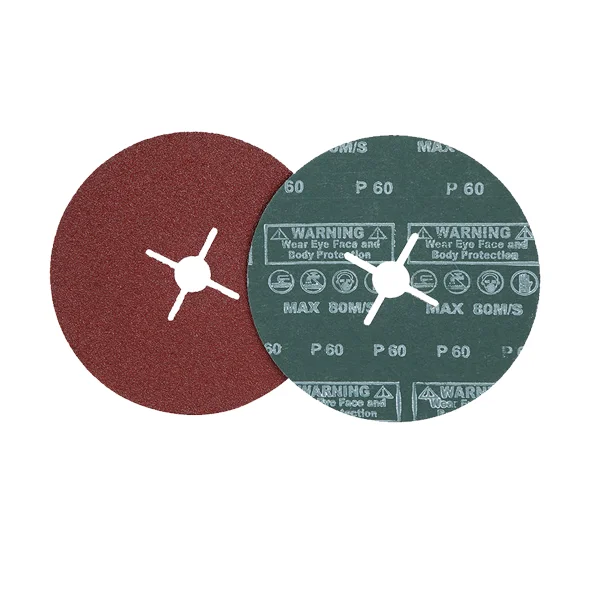In today's fast-paced business world, industry and commerce classification is an essential tool for businesses to understand their market and competition. Industry and commerce classification is a system that categorizes businesses based on their products, services, and operations. This system is used by governments, financial institutions, and businesses to analyze and compare industries and companies.
The classification system is based on the North American Industry Classification System (NAICS) and the Standard Industrial Classification (SIC) system. These systems are used to classify businesses into different sectors, sub-sectors, and industries. The NAICS system is used in the United States, Canada, and Mexico, while the SIC system is used in the United Kingdom and other countries.
The NAICS system has 20 sectors, which are further divided into sub-sectors and industries. The sectors include agriculture, mining, construction, manufacturing, transportation, and warehousing, among others. The SIC system has 10 divisions, which are further divided into groups and classes. The divisions include agriculture, mining, manufacturing, and services, among others.
Industry and commerce classification is important for businesses because it helps them to identify their competitors, market trends, and opportunities. By understanding their industry and commerce classification, businesses can develop effective marketing strategies, target their customers, and improve their operations. For example, a business in the manufacturing industry can use industry and commerce classification to identify its competitors, analyze their products and services, and develop a unique selling proposition.
In addition, industry and commerce classification is also important for governments and financial institutions. Governments use industry and commerce classification to collect data on businesses, monitor economic trends, and develop policies. Financial institutions use industry and commerce classification to analyze the creditworthiness of businesses, assess their risk, and make investment decisions.
In conclusion, industry and commerce classification is an essential tool for businesses, governments, and financial institutions. It helps businesses to understand their market and competition, develop effective marketing strategies, and improve their operations. It also helps governments to monitor economic trends and develop policies, and financial institutions to make investment decisions. By understanding industry and commerce classification, businesses can stay ahead of the competition and succeed in today's dynamic business environment.









+ There are no comments
Add yours